COVID cases are continuing to decline in the U.S., however we are beginning to see some increased activity with new variants, particularly BQ.1 and BQ.1.1. Although there is currently no indication that these variants are causing an increase in cases, as they only make up 10% of total cases currently in the U.S., it is something to watch as we head into the holidays.
Both variants are a mutation of BA.5, so the bivalent booster likely provides some protection. However, it appears that many of the Monoclonal Antibody (mAbs) treatments are likely to be ineffective, which means it also is likely that treatment options will be more limited. This makes some sense because mAbs treatments are derived from those previously infected, so there would not have been a chance to build up treatments from new variant infections.
In addition to the new variants, we are seeing some higher rates of COVID in Europe. With Europe often preceding the U.S. in COVID trends, this also is something to keep an eye on.
In relation to other infectious diseases:
- Flu cases are being reported in many places earlier than in previously recorded years, which is being attributed to loosening of COVID restrictions. With flu ramping up primarily in the Southeast at this point, it is a good time for those in that area to get a flu shot if you haven’t already.
- Monkeypox is continuing on a significant decline, down to very low rates of new cases.
COVID Risk Matrix:
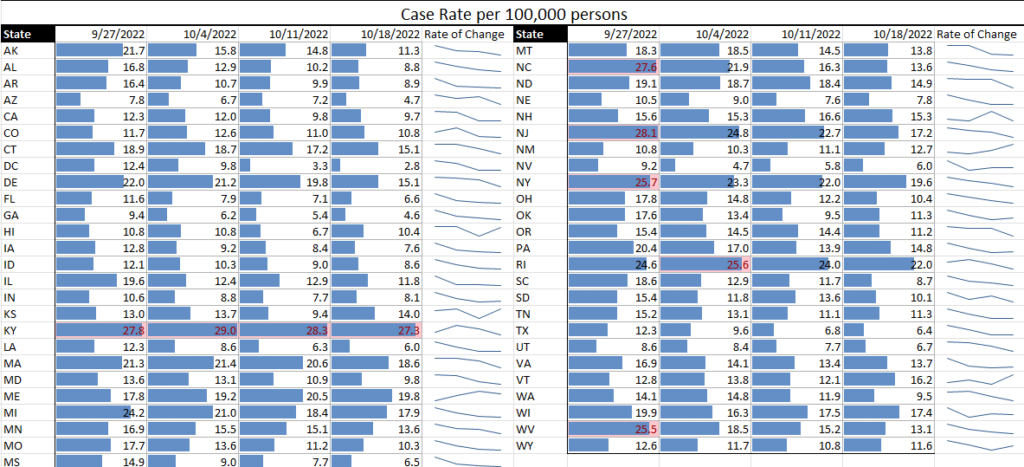
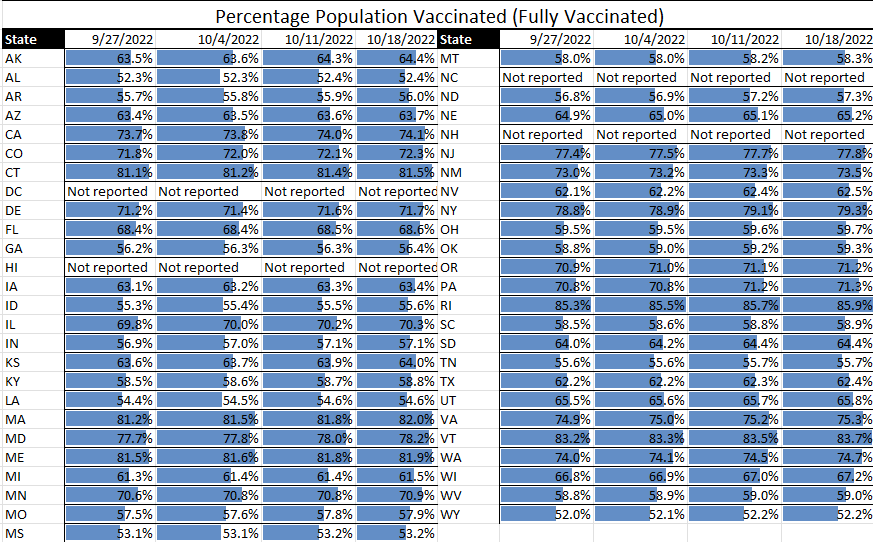
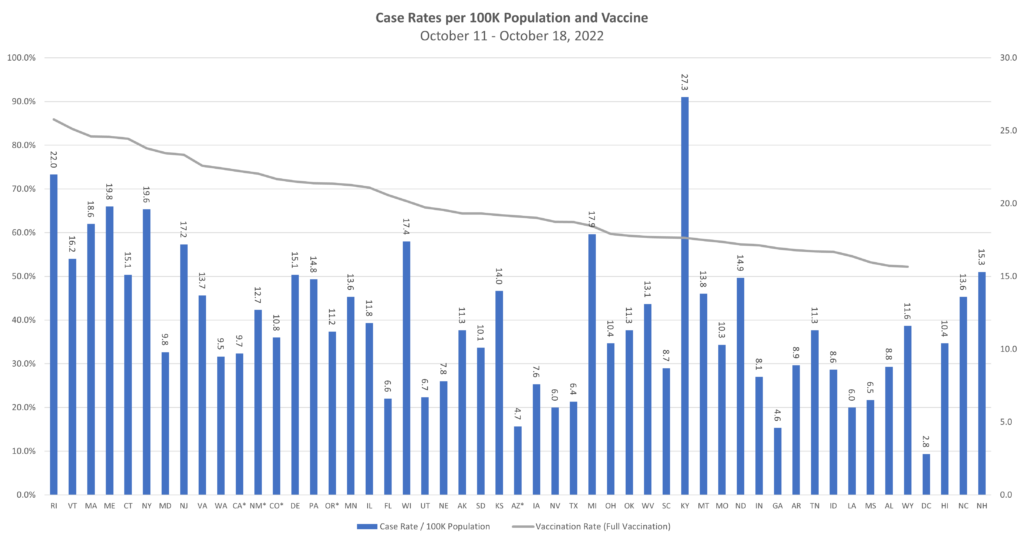
Monkeypox:
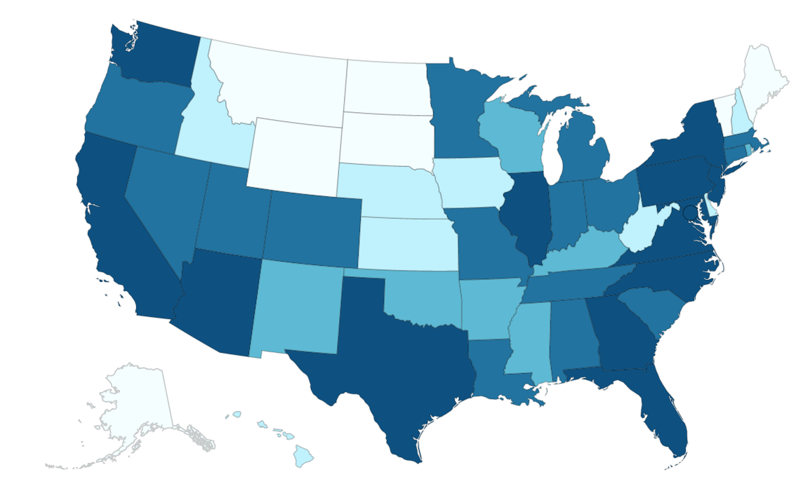

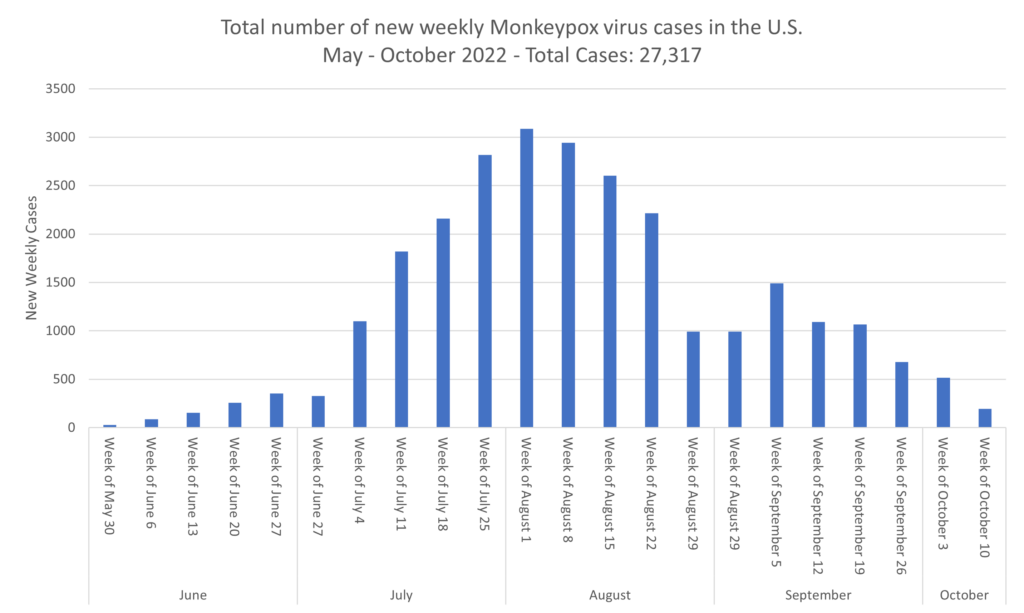
Influenza:

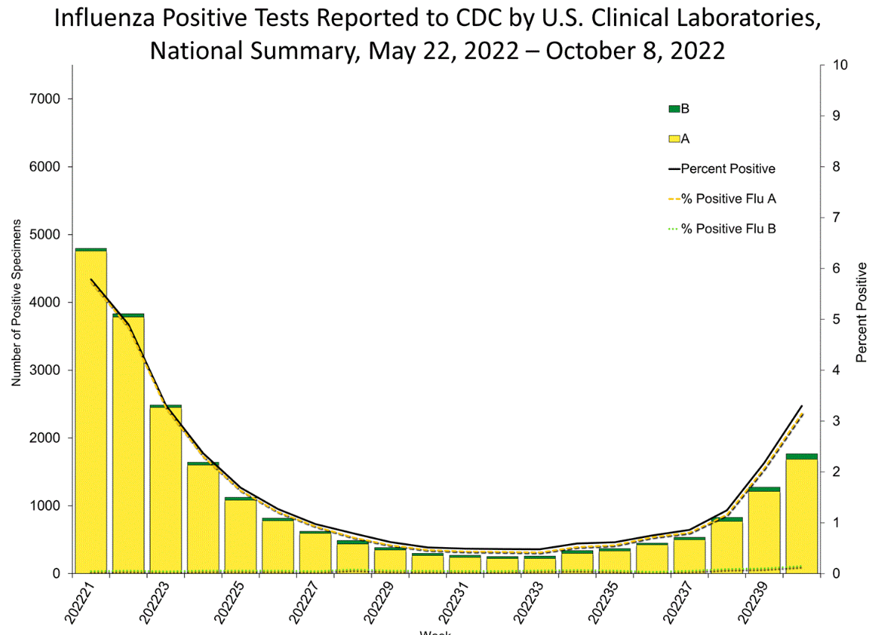
Infectious Disease News:
- Study details how antimicrobial resistance slams Europe. A new analysis of the burden of antimicrobial resistance (AMR) in Europe estimates that drug-resistant bacteria were linked to more than half a million deaths in the region in 2019. The study found that 53 countries of the WHO’s European Region had 541,000 deaths associated with bacterial AMR with 133,000 deaths directly related to drug-resistant pathogens.
- US COVID levels decline as new subvariants rise steadily. In its latest variant proportion estimates, the CDC said BA.5 slipped to 67.9%, with three others gaining steady ground: BQ.1 (5.7%), BQ.1.1 (5.7%), and BF.7 (5.3%). BA.4.6, which rose this summer, especially in the southern part of the Midwest, held relatively steady at 12.2%. In other US developments, the Biden administration extended the public health emergency for the COVID-19 pandemic for another 90 days. Cases have continued to decline throughout the US for the past several weeks.
- Uganda reports more Ebola cases, steps up control measures. The new cases lift the number of lab-confirmed cases to 60. So far, 24 deaths have been reported among the patients with confirmed infections. Uganda also has 20 suspected cases from earlier in the outbreak, all of them fatal. On Oct 15, Uganda’s President Yoweri Museveni announced a 3-week lockdown for Mubende district, as well as neighboring Kassanda district, according to the BBC.
- Flu cases are being reported in many places earlier than previously recorded years. These are being attributed to loosening of COVID restrictions. Georgia is among some states that have recorded higher flu cases this season.
- Primate study shows monkeypox virus in testes. For the first time, researchers said they detected monkeypox virus in the testes of non-human primates during the acute phase of infection, according to a study in Nature Microbiology. The virus was found in the testes of two animals that survived a monkeypox challenge during the acute phase, and the virus was detected in the testes up to 37 days post-infection, much longer than what was detectable from other organs and skin lesions. The Centers for Disease Control and Prevention (CDC) reported 151 more monkeypox cases, raising the total to 27,468.





